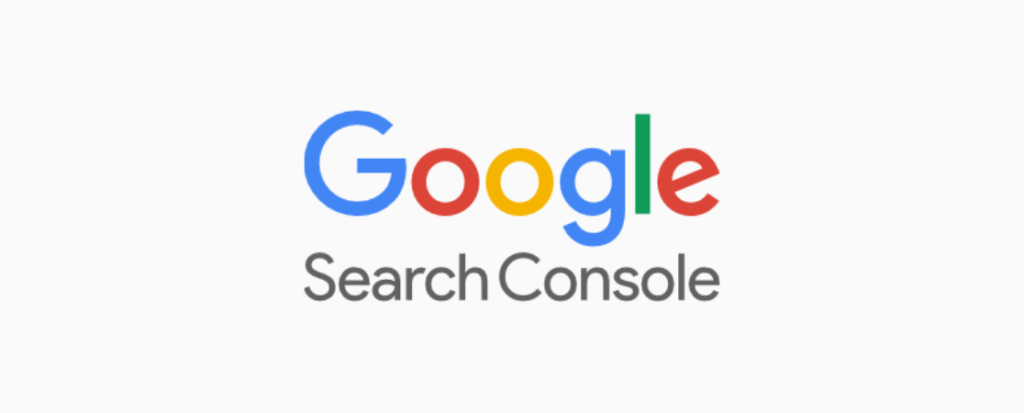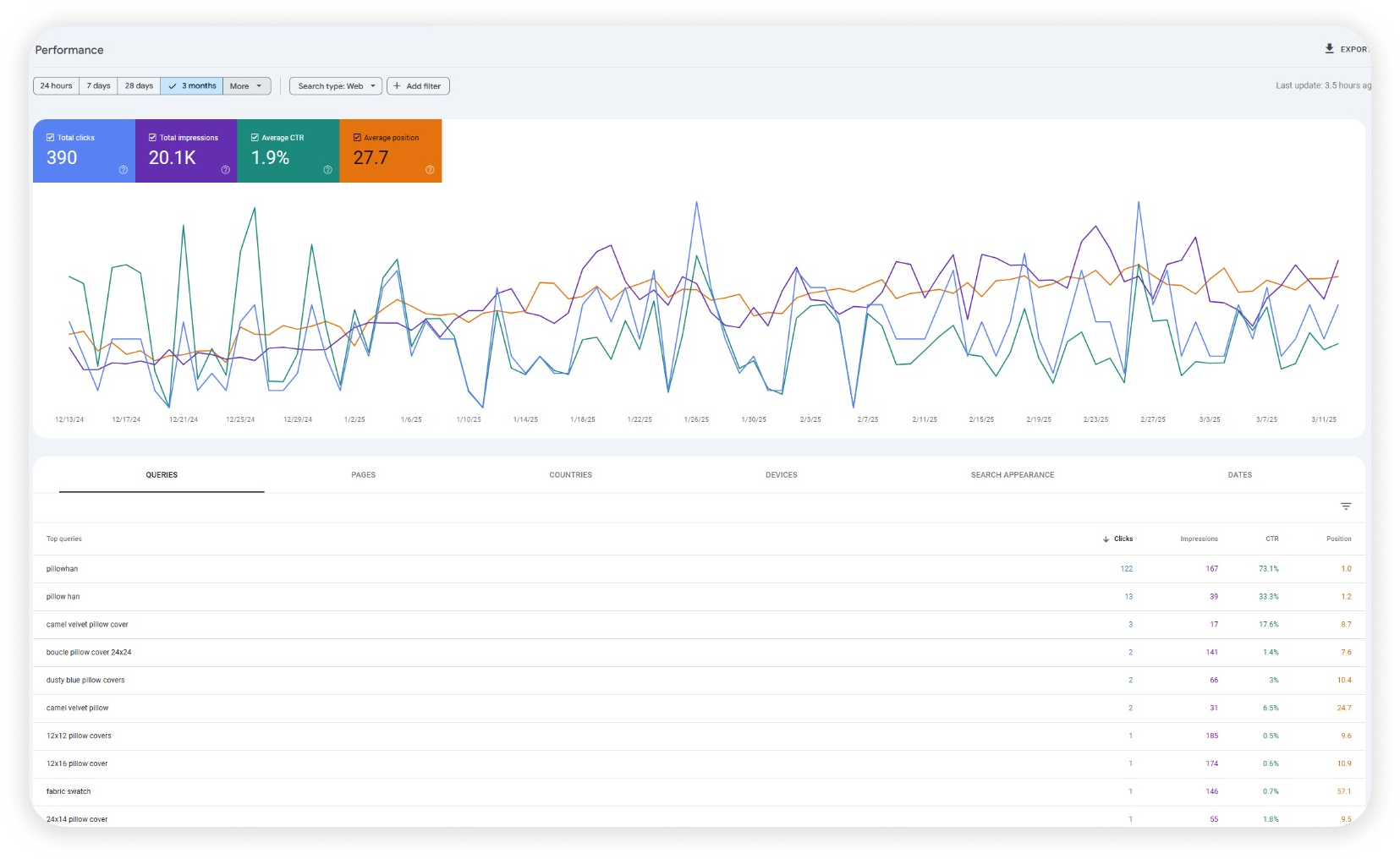Google Search Console (GSC) is one of the most powerful tools available for monitoring, improving, and maintaining the health of your website in Google Search results. For businesses, SEO professionals, and website owners, mastering Google Search Console means unlocking key insights into website performance, technical issues, and search engine rankings.
In this updated guide, we’ll walk you through how to use Google Search Console effectively in 2025. We’ll cover everything from setting it up and analyzing reports to troubleshooting common issues and optimizing your website for maximum visibility and performance.
What is Google Search Console?

Google Search Console (formerly known as Google Webmaster Tools) is a free service provided by Google that helps website owners:
-
- Monitor search performance.
-
- Identify technical issues.
-
- Understand how Google views their website.
-
- Optimize content for better rankings.
-
- Improve the user experience (especially on mobile).
Unlike Google Analytics (which shows overall site traffic), Google Search Console focuses exclusively on organic search data — how people find your website through Google search. This makes it an essential tool for SEO and improving organic search rankings.
Why is Google Search Console Important for Your Business?
Using Google Search Console helps you:
✔️ Improve your search rankings by analyzing and fixing SEO issues.
✔️ Identify which keywords drive the most traffic.
✔️ Monitor indexing and crawling status.
✔️ Track user engagement and search appearance.
✔️ Troubleshoot technical problems (like crawl errors, security issues, and mobile usability).
If you want to grow your website traffic and dominate search rankings, understanding how to use Google Search Console effectively is non-negotiable.
Benefits of Using Google Search Console
1. Boosts Your Organic Search Traffic

Google Search Console provides detailed reports about how your website appears in search results. You can analyze:
-
- Top-performing keywords.
-
- Search queries generating clicks.
-
- Click-through rate (CTR).
-
- Average ranking position.
-
- Pages generating the most traffic.
Example: If your page is ranking on page two of search results, you can adjust the title and meta description to improve click-through rates and push it to page one.
2. Provides a Better Understanding of HTML Requirements
HTML issues can hurt your rankings and visibility. GSC flags problems like:
-
- Missing meta descriptions.
-
- Duplicate title tags.
-
- Incorrect headings (H1, H2, etc.).
-
- Mobile usability issues.
👉 Fixing these issues improves search visibility and user experience.
3. Helps Optimize Your Website’s Search Appearance

GSC provides data on how your website appears in search results, including:
-
- Rich snippets (star ratings, images).
-
- Sitelinks (expanded links under the main URL).
-
- Breadcrumbs (navigation elements).
Example: If your website has high impressions but low clicks, optimizing the meta description and title can boost your CTR.
4. Better Understanding of Link Reports
GSC allows you to monitor:
-
- External links (backlinks).
-
- Internal links (cross-linking within your site).
-
- Toxic or spammy links that could lead to penalties.
Example: If high-authority sites are linking to your content, you can leverage those links to improve other pages through strategic internal linking.
5. Crawl Bots and Indexing Status
Google Search Console helps you monitor how Google’s bots crawl and index your website. You can:
-
- Identify crawl errors (like broken links).
-
- Request indexing for new or updated content.
-
- Monitor sitemap status.
-
- Detect issues like blocked pages, redirects, and canonical errors.
Latest Features & Updates in Google Search Console (2025)
Core Web Vitals Integration
Google now prioritizes page experience as a ranking factor. The Core Web Vitals report shows:
-
- Largest Contentful Paint (LCP): Measures loading speed.
-
- First Input Delay (FID): Measures interactivity.
-
- Cumulative Layout Shift (CLS): Measures visual stability.
👉 Aim for an LCP under 2.5 seconds, FID under 100 milliseconds, and CLS score below 0.1 for optimal performance.
Indexing API for Faster Indexing
GSC now supports an Indexing API that allows you to submit content directly to Google for faster indexing.
-
- Ideal for time-sensitive content (e.g., news articles).
-
- Useful for updating large volumes of content quickly.
Enhanced Mobile Usability Reports
Mobile usability is more important than ever. GSC provides detailed reports on:
-
- Tap targets (button size).
-
- Text size and readability.
-
- Scrolling and viewport issues.
AI-Powered Insights & Recommendations
Google Search Console now uses AI to suggest:
-
- Keyword opportunities.
-
- Title and meta description improvements.
-
- Internal linking suggestions.
How to Set Up Google Search Console

Follow these steps to set up GSC:
-
- Sign in to Google Search Console with your Google account.
-
- Add your property:
-
- Choose Domain for full-domain tracking.
-
- Choose URL prefix for subdomain tracking.
-
- Add your property:
-
- Verify ownership using:
-
- DNS record (recommended).
-
- HTML file upload.
-
- Google Tag Manager.
-
- Verify ownership using:
-
- Submit a Sitemap:
-
- Go to Index > Sitemaps
-
- Add
sitemap.xml
- Add
-
- Submit and wait for Google to crawl your site.
-
- Submit a Sitemap:
Key Reports and How to Use Them

📊 Performance Report
-
- Shows impressions, clicks, CTR, and average ranking position.
-
- Track performance by page, country, device, and search type.
-
- Identify top-ranking keywords and improve low-CTR pages.
🔗 Links Report
-
- Find top-linked pages and referring domains.
-
- Monitor internal link structure for better SEO.
-
- Identify and remove toxic links.
🧪 Page Experience Report
-
- Shows Core Web Vitals data.
-
- Tracks HTTPS usage and mobile-friendliness.
-
- Fix issues to improve overall page experience score.
🚨 Coverage Report
-
- Lists indexed, excluded, and error pages.
-
- Shows why Google isn’t indexing certain pages.
-
- Fix issues and resubmit pages for crawling.
Advanced Tips for Google Search Console
Use Regex in Performance Reports:
Filter search queries using regex (regular expressions) to analyze user search behavior more effectively.
Fix Structured Data Issues:
GSC flags schema issues (e.g., missing author data). Fix them to enable rich snippets in search results.
Request Manual Removals:
If you need to remove outdated or sensitive content, use the Removals Tool to request manual removal.
Best Practices for 2025
✅ Focus on Core Web Vitals — site speed and mobile experience matter more than ever.
✅ Fix broken links and 404 errors regularly.
✅ Optimize for mobile-first indexing — ensure all content is responsive.
✅ Improve internal linking and anchor text strategy.
✅ Monitor keyword performance and adjust content strategy accordingly.
🚀 Master Google Search Console with Mikrolo
Managing Google Search Console can be complex — but you don’t have to do it alone. Mikrolo provides expert insights and automated solutions to help you monitor, analyze, and improve your search performance. From fixing indexing issues to optimizing Core Web Vitals, Mikrolo gives you the tools you need to rank higher and grow faster.
Final Thoughts
Google Search Console is one of the most powerful SEO tools available. Mastering it gives you the insights needed to increase organic traffic, improve search rankings, and resolve technical issues. With the latest features and AI-powered insights, GSC is more valuable than ever in 2025.
Set up your account, monitor performance, and start improving your SEO today!
